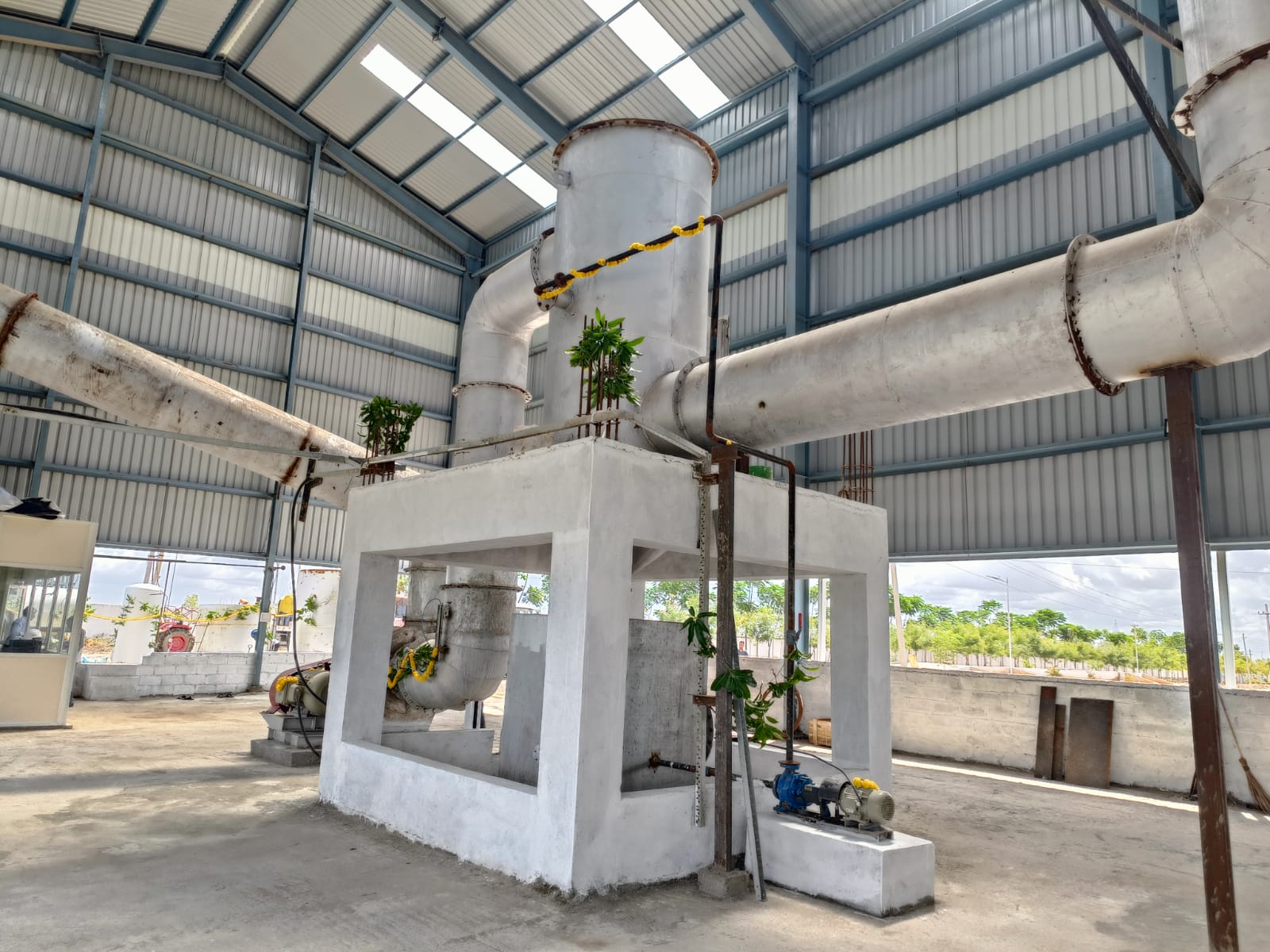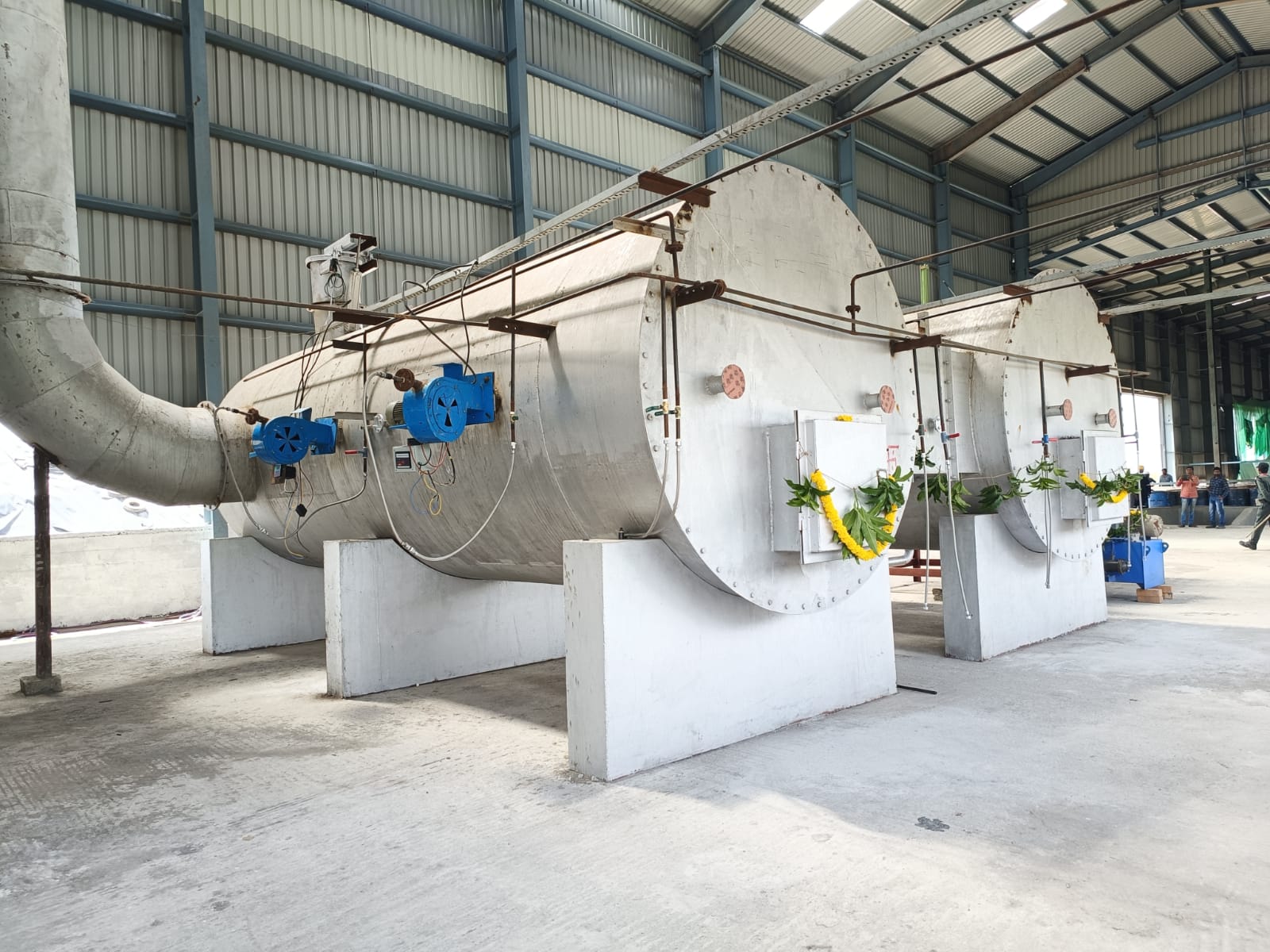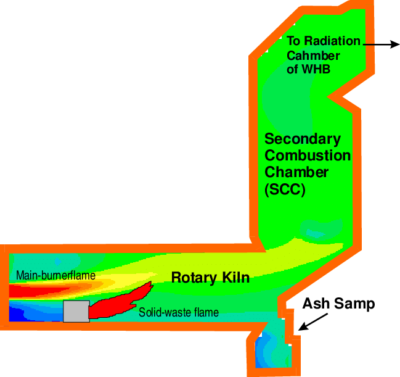- Kengeri, Bengaluru - 560074
- info@motherearthenviron.com
What is Incineration ?
A technique by which total destruction of Organics can be achieved through thermal oxidation, to ensure that the final emission is non-toxic, non-hazardous in nature and that can be safely let-off to the atmosphere without affecting the environment, keeping the emission within PCB Limits
An incinerator is a furnace for burning waste. Modern incinerators include pollution mitigation equipment such as flue gas cleaning. There are various types of incinerator plant design: moving grate, fixed grate, rotary-kiln, and fluidized bed.

Different types of Incinerator
- Pyrolyser
- Stationary chamber
- Bogie type
- Rotary kiln
- Spray incinerators
- Fluidized Bed incinerator.
Three ‘T’s of Incineration
Temperature
Temperature is the second element of combustion, and refers to the chamber/furnace temperature (as opposed to stack temperature). Often, the temperature required to destroy a hydrocarbon in a thermal oxidizer ranges from 1,400-1,600 Degrees Fahrenheit.
Time
In order to completely destroy a VOC, the compound needs to stay in the combustion chamber for a specific amount of time, usually 0.5-1 second, with more time needed for complex, hard to burn hydrocarbons like those found in pesticides.
Turbulance
Turbulence, the third element of combustion, is used to define the proper air flow needed to mix oxygen with hydrocarbons. While oxygen content is an important factor (ranging from as little as 2% to over 21% of the volume), the proper mixture of hydrocarbon and oxygen is just as important. This is where turbulence comes into play.

Incinerator - EQMT List
Stationary Chamber
- Very flexible and suitable for all kinds of waste.
- Can receive liquids and solid waste independently.
- Operated at 850 – 950 deg C


Secondary combustion chamber
- Secondary combustion chamber is where actual incineration takes place, with a gas residence time of 2 seconds and in presence of excess air and turbulence.
- Fuel Burners and liquid waste lances maintain temperature of 1100oC to 1200oC
Bag Filters
- Bag filters are used for trapping fine dust along with treated lime & carbon.
- Bags of PTFE Felt with PTFE membrane.
- Pulse jet mechanism to shake-off the dust accumulated on bag surface.
- Very sensitive to temperature, inlet gas temperature maintained between 190 – 240 deg. C. Bypassed if temp goes beyond range specified


Wet Scrubber System
- Flue Gases after Bag filter, pass through the packed bed scrubber.
- It’s a counter current flow scrubber. Here caustic solution is re – circulated, which neutralizes the SO2/SO3 and HCl gases.
- It is fabricated with mild steel & lined with Acid Heat resistant tiles
ID Fan & Chimney
- ID Fan is Heart of system. It maintains safe negative suction through-out the system.
- Speed control by VFD, allows pressure control.
- The off gases after cleaning are discharged into the atmosphere through a self supporting type chimney of 40 mtrs height.


Reagent Injection System
- Lime and activated carbon for dry scrubbing. sprayed in duct along the flue gas path.
- Hydrated Lime neutralizes the Flue gas.
- Activated carbon is used for adsorption of Dioxin & Furans.
Spray Dryer Assembly
- The exit temperature of Secondary Combustion chamber are in the range of 1000oC to 1100oC.
- It is very difficult to handle the flue gases at such a high temperature, and it is to be cooled for efficient scrubbing.
- For the same Spray Evaporative Cooler and Spray Dryer Assembly is provided.


Single Drum Pyrolyser
- WASTE QUANTITY : 150 KGR/BATCH
- PROCESS : PYROLYSIS
- OPERATING TEMP : 400-600 DEG.C
- DESIGN TEMP : 1000 DEG.C
- CYCLE : 6-8 HRS
